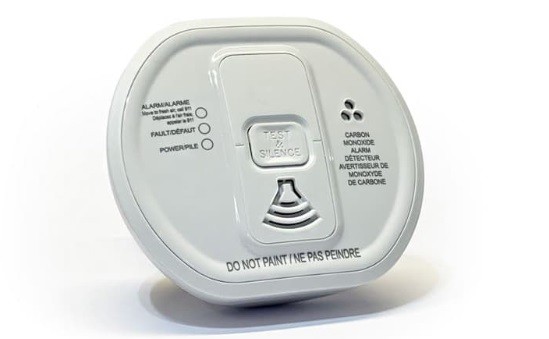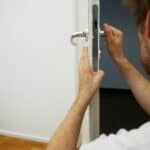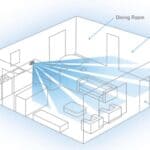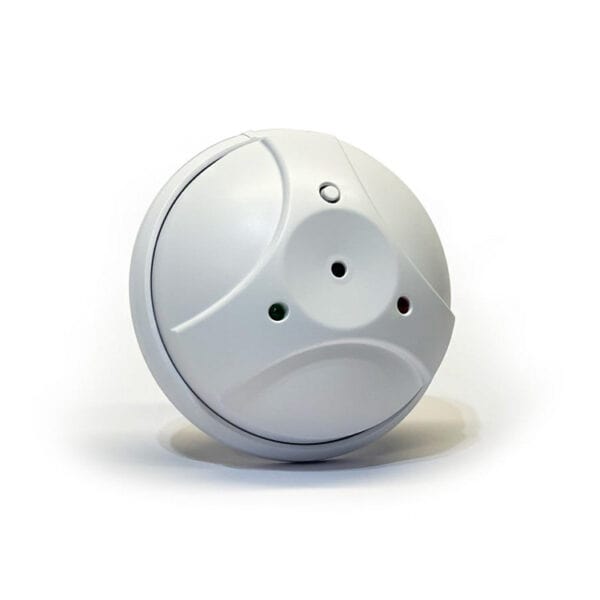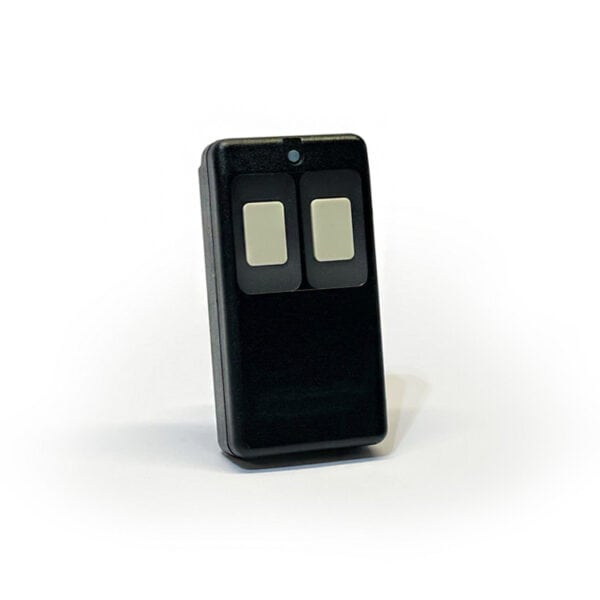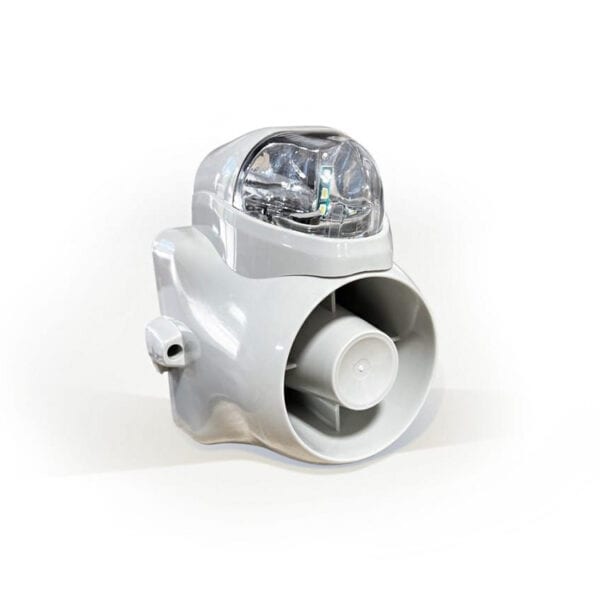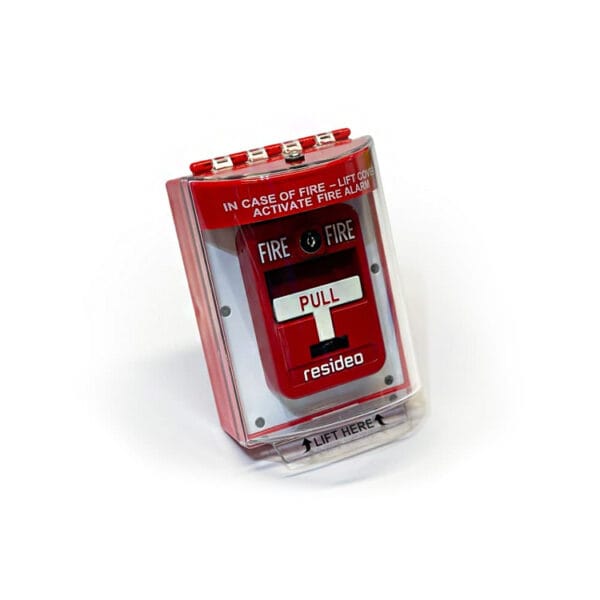Despite decades of warnings and safety measures developed to combat the issue, carbon monoxide (CO) poisoning remains a serious threat. In fact, between 2012 and 2022, the number of accidental deaths from prolonged CO exposure rose from 336 to 624, and more than 100,000 people were rushed to emergency rooms nationwide for treatment due to the effects of CO poisoning.
Thankfully, modern detection devices and home security systems provide plenty of notification when CO levels rise. Ultimately, though, it’s up to homeowners to recognize the signs of CO poisoning, where the gas comes from, how to prevent its buildup, and where to install detectors and home security system sensors to give the best warning alarms.
Recognizing Signs of CO Poisoning
Unfortunately for us, humans can’t detect carbon monoxide, as it is completely invisible, odorless, and tasteless. Nevertheless, the symptoms of its presence are something we can certainly take notice of.
Those suffering from exposure to high amounts of CO will experience things such as:
- Dizziness
- Nausea
- Vomiting
- Weakness
- Confusion
- Chest pain
- Headache
- A loss of consciousness
If someone is sleeping or under the influence of alcohol, they may not exhibit these symptoms but can still suffer brain damage and even death.
Treating CO Poisoning
If you suspect that you or someone you know is experiencing symptoms of CO poisoning, call 911 immediately. The afflicted individual will likely need to go to the hospital, where they will be given a mask with pure oxygen to breathe.
If the individual can’t breathe under their own power, they may be placed on a ventilator. If the poisoning is particularly severe, the individual may have to be placed in a hyperbaric oxygen chamber to reduce the amount of CO in their bloodstream.
Where Does CO Come From?
Carbon monoxide is gas that’s a byproduct of improperly burned fuel. The types of fuel are incredibly varied and include things like:
- Oil
- Wood
- Propane
- Natural Gas
- Kerosene
- Coal
- Gasoline
You probably won’t notice the effects of CO in a well-ventilated area or when you’re outdoors. But in confined spaces, CO can build up quickly.
Preventing CO Buildup
To avoid high CO levels in your home, you should do the following:
- Have your heating system regularly serviced and inspected at least once per year
- Never use generators or charcoal grills inside your home
- Avoid running a vehicle in an enclosed garage
- Newer use a fireplace or stove without proper ventilation
Of course, in addition to these tips, you need to install your CO detector(s). These devices are designed to sense carbon monoxide at 70 parts per million (ppm). Healthy adults will exhibit signs of CO poisoning after 200 ppm. Exposure to 400 ppm will cause severe reactions in adults after two hours and will become life-threatening after three.
Where to Place CO Alarms
Whether you use standalone CO detectors or have them integrated into a home security system, they need to be set in strategic locations around your house so you can properly protect your family.
Here are a few key spots where you should place your detectors:
Have Alarms Outside All Bedrooms
Because CO poisoning symptoms are undetectable when asleep, CO alarms installed outside everyone’s rooms will get everyone awake and out of the dangerous conditions before levels get too high.
On All Floors
Whether you have a one-, two-, or three-story home, every floor should have its own dedicated CO detector.
In The Garage
Aside from a running car, there may be other devices inside a garage emitting CO, such as gasoline-powered air compressors or running lawn equipment. If there’s a room above the garage, it should have a detector or integrated home security system sensor, too. Also, place one within ten feet of the door leading to the garage.
Near Gas Appliances
If your home uses gas to power its stove or clothes drier, or if you have a fireplace, you need CO alarms near each of them. Place them 15 feet away or more, as harmless trace amounts do leak from appliances and can lead to false alarms.
Out of Reach of Pets and Children
Without meaning to, a child or pet can set off an alarm by accident. That, or worse, they may render it unable to provide an alarm.
Away From Bathrooms and Open Windows
Since moisture and humidity can cause CO detectors and sensors to malfunction, it’s best to keep yours away from any open windows and sources of water, like your bathroom(s).
CO Detector Maintenance and Tips
Remember to check and replace the batteries in your CO detectors regularly, just as you should with your smoke detectors. Even if you have detectors tied to your home’s power, they still need to have a battery backup in case the power goes out.
If you’re installing a home security system, you can set it up so that when one sensor trips, it will sound all the alarms.
What to Do When Your CO Detector Goes Off
First and foremost, don’t panic! Stay calm as you perform the following actions:
- Open windows and doors for air circulation
- Turn off any appliances that run on gas or other fuels
- Get all occupants (including pets) out of the house
- Call the fire department
- If anyone is showing signs of CO poisoning, call 911 or drive them to the nearest emergency room for treatment
The more planning and preparation you undergo, the more you’ll be able to react quickly and avoid CO’s hazardous effects.
tattletale® on CO With the Right Home Security System
You can keep CO from sneaking up on you with tattletale®’s wireless carbon monoxide alarm. Once installed, the alarm will alert the system via a wireless transmitter.
Contact tattletale® today to see how you can stay ahead of CO with a professionally installed security system.



